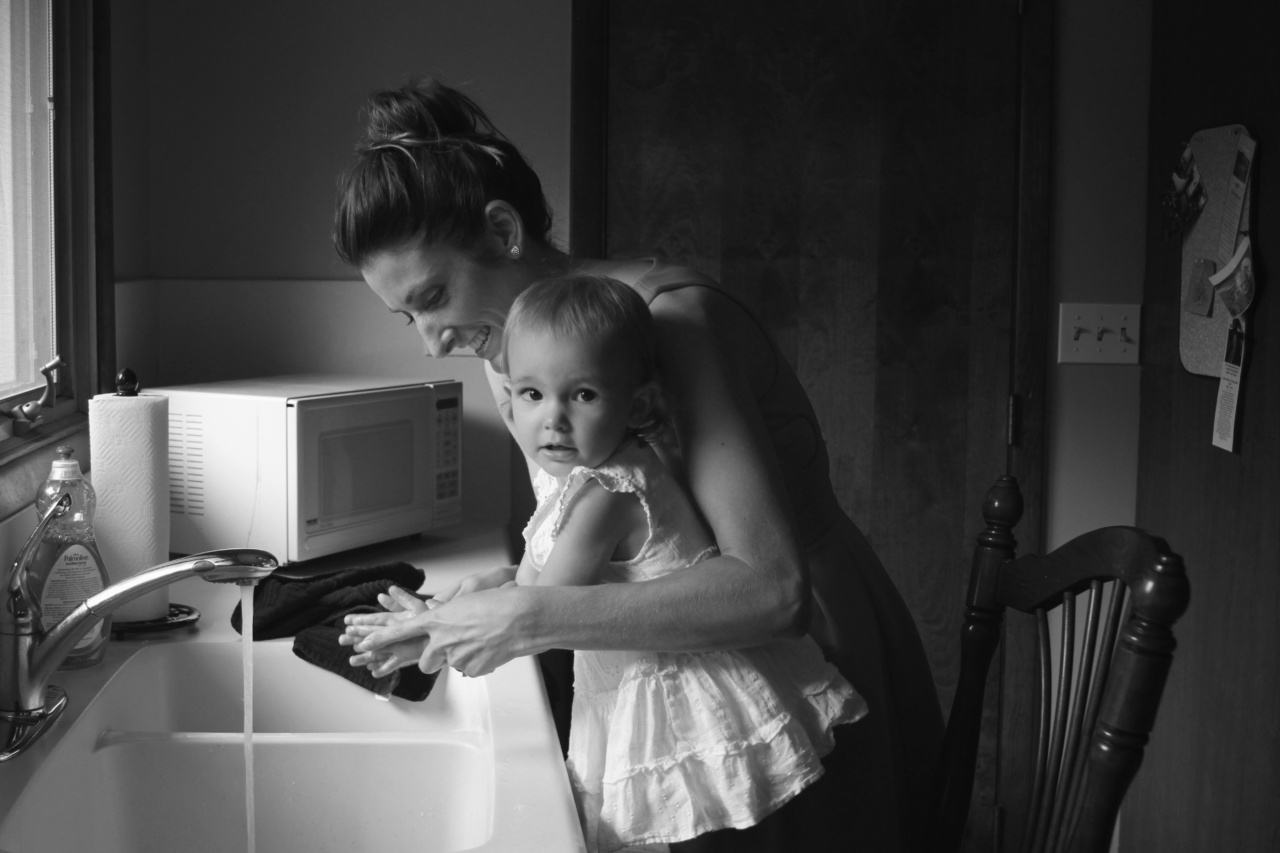As parents, there’s nothing more important to us than the safety and well-being of our children. One of the biggest fears any new parent faces is the possibility of sudden infant death syndrome (SIDS).
SIDS refers to the sudden and unexplained death of an infant under one year of age. While the exact cause of SIDS is unknown, there are several measures you can take to reduce the risk and keep your baby safe. In this article, we will discuss some helpful tips for stopping sudden infant death in its tracks.
1. Safe Sleeping Environment
Creating a safe sleeping environment for your baby is crucial. Make sure your baby’s sleeping area is free from any loose bedding, pillows, stuffed animals, or crib bumpers. The mattress should be firm and fit snugly within the crib.
Keep the room at a comfortable temperature, around 68-72 degrees Fahrenheit (20-22 degrees Celsius).
2. Back to Sleep
Always put your baby to sleep on their back. This position reduces the risk of suffocation and allows them to breathe more easily. Avoid placing your baby on their side or stomach for sleep, even for short naps.
3. No Overheating
Overheating can increase the risk of SIDS. Dress your baby in appropriate clothing for the room temperature and avoid using too many blankets or heavy sleepwear. It’s essential to maintain a comfortable and safe sleeping environment for your baby.
4. Breastfeeding
Studies have shown that breastfed infants have a lower risk of SIDS compared to formula-fed infants. Breastfeeding provides numerous health benefits, including a stronger immune system, which can help protect against SIDS.
If possible, try to breastfeed your baby exclusively for the first six months.
5. Use a Pacifier
Using a pacifier while putting your baby down for sleep can help reduce the risk of SIDS. The exact mechanism is not clear, but it is believed that it helps keep the airway open and prevents suffocation.
If your baby refuses the pacifier, don’t force it.
6. Room-Sharing
Experts recommend room-sharing with your baby for at least the first six months, or ideally, for the first year. Having your baby sleep in a crib or bassinet in your room can significantly decrease the risk of SIDS.
Avoid bed-sharing, as it increases the risk of suffocation and accidental injury.
7. Avoid Smoking
Exposure to secondhand smoke increases the risk of SIDS. It is essential to create a smoke-free environment for your baby, both during pregnancy and after birth.
If you or your partner smoke, seek help to quit and avoid smoking inside the house or anywhere near your baby.
8. Regular Check-ups
Regular well-baby check-ups are vital during the first year of your baby’s life. These visits allow your doctor to monitor your baby’s growth and development and address any concerns you may have.
Keep up with vaccination schedules and discuss any specific concerns about SIDS with your healthcare provider.
9. Tummy Time
While sleeping on their backs is the recommended position, providing supervised tummy time when your baby is awake and alert is important for their development.
Tummy time helps strengthen your baby’s neck, shoulder, and back muscles and promotes overall motor development.
10. Awareness and Education
Staying informed and educated about SIDS can help you make informed decisions and take necessary precautions. Keep up with the latest guidelines and recommendations from reputable sources such as the American Academy of Pediatrics.
Share this knowledge with caregivers, family members, and anyone who will be taking care of your baby.
Remember, while there is no guaranteed way to prevent sudden infant death syndrome, implementing these tips can significantly reduce the risk.
Stay vigilant, follow safe sleep practices, and provide a nurturing environment for your baby’s health and well-being.






























